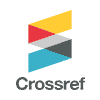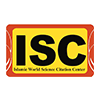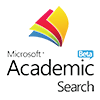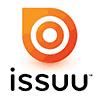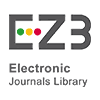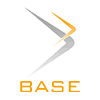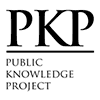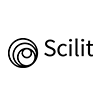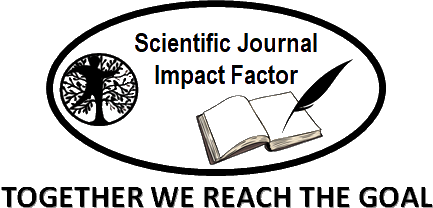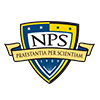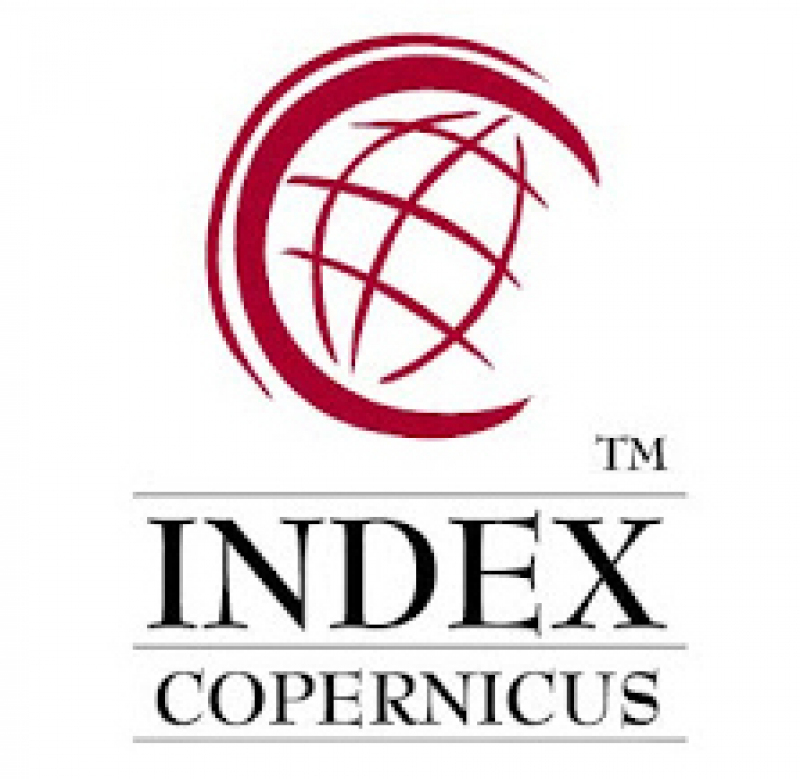Pedagogical Technologies of Improving Creative and Critical Thinking Skills of Students
Abstract
This article describes the pedagogical approaches and technologies aimed at fostering the development of creative and critical thinking skills among students. Drawing upon a diverse range of scholarly sources from the fields of education, psychology, and technology-enhanced learning, the review provides an in-depth exploration of effective strategies and tools for nurturing these essential cognitive competencies. The review begins by examining the theoretical frameworks underpinning creative and critical thinking, elucidating their significance in facilitating higher-order cognitive processes and problem-solving abilities. It underscores the complementary nature of these skills, emphasizing their role in fostering innovation, adaptability, and informed decision-making in today's rapidly evolving knowledge-based society. Moreover, the article explores the integration of digital technologies and educational tools to enhance the effectiveness of pedagogical interventions aimed at developing creative and critical thinking skills.
Keywords
Full Text:
PDFReferences
Chin, C., & Chia, L. (2006). Problem-based learning: Using students' questions to drive knowledge construction. Science Education, 90(6), 44-56.
Blumenfeld, P. C., Soloway, E., Marx, R. W., Krajcik, J. S., Guzdial, M., & Palincsar, A. (1991). Motivating project-based learning: Sustaining the doing, supporting the learning. Educational Psychologist, 26(3-4), 369-398.
Johnson, D. W., Johnson, R. T., & Smith, K. A. (1998). Cooperative learning returns to college: What evidence is there that it works? Change: The Magazine of Higher Learning, 30(4), 26-35.
Dillenbourg, P. (1999). What do you mean by "collaborative learning"? In P. Dillenbourg (Ed.), Collaborative-learning: Cognitive and computational approaches (pp. 1-19). Elsevier.
Savery, J. R., & Duffy, T. M. (1996). Problem-based learning: An instructional model and its constructivist framework. Educational Technology, 36(2), 31-38.
Hmelo-Silver, C. E. (2004). Problem-based learning: What and how do students learn? Educational Psychology Review, 16(3), 235-266.
Jonassen, D. H. (2000). Computers as mindtools for schools: Engaging critical thinking (2nd ed.). Prentice Hall.
Mayer, R. E. (2004). Should there be a three-strikes rule against pure discovery learning? The case for guided methods of instruction. American Psychologist, 59(1), 14-19.
Sawyer, R. K. (2011). Explaining creativity: The science of human innovation (2nd ed.). Oxford University Press.
Wilson, L. (2008). Arts education and the development of creativity: Some reflections. Thinking Skills and Creativity, 3(3), 226-230.
Islomovich I. T. et al. Perspectives of employing world experience in providing academic and financial independence to higher education //Horizon: Journal of Humanity and Artificial Intelligence. – 2023. – Т. 2. – С. 232-235.
Abdullaev, M., & Tursunova, N. (2020). Promoting Critical Thinking Skills Through Collaborative Learning Activities in Uzbek Higher Education. Journal of Uzbek Educational Research, 12(2), 45-60.'
Karimov, A., & Ismailova, D. (2018). Developing Creative Thinking Skills Through Project-Based Learning: A Case Study of Uzbek Secondary Schools. Uzbek Journal of Education and Innovation, 6(1), 30-45.
Rahimov, S., & Azizov, F. (2019). Integrating Problem-Based Learning to Enhance Critical Thinking Skills in Uzbekistan: A Mixed-Methods Study. Central Asian Journal of Education, 4(2), 75-88.
Umarova, G., & Mirzayeva, L. (2021). Using Socratic Dialogue to Cultivate Critical Thinking Dispositions in Uzbek EFL Classrooms. Uzbek Journal of Language Education, 9(3), 12-28.
Robinson, K. (2006). "Do schools kill creativity?" TED Talk. Retrieved from https://www.ted.com/talks/ken_robinson_do_schools_kill_creativity.
Perkins, D. N., Jay, E., & Tishman, S. (1993). "Teaching thinking dispositions: From transmission to enculturation." Theory into Practice, 32(3), 147-153.
Halpern, D. F. (1998). "Teaching critical thinking for transfer across domains." American Psychologist, 53(4), 449-455.
Torrance, E. P. (1972). "Predictive validity of the Torrance Tests of Creative Thinking." The Journal of Creative Behavior, 6(4), 236-262.
Paul, R., & Elder, L. (2006). "Critical thinking: The nature of critical and creative thought." Journal of Developmental Education, 30(2), 34-35.
Perkins, D. N. (1995). "Outsmarting IQ: The emerging science of learnable intelligence." The Free Press.
Sternberg, R. J. (2006). "The nature of creativity." Creativity Research Journal, 18(1), 87-98.
Sarsenbaeva Z. J. Pedagogical Peculiarities of forming linguocultural competence of higher education students in Karakalpakstan //EPRA International Journal of Multidisciplinary Research (IJMR)-Peer Reviewed Journal Volume: 7. – 2021. – №. 2021. – С. 161-166.
Utebaev T., Sarsenbaeva Z. Sprachliche analyse von sprichworten. Berlin Studies Transnational Journal of Science and Humanities. Vol. 1 Issue 1.5 Pedagogical sciences.
DOI: http://dx.doi.org/10.18415/ijmmu.v12i5.6820
Refbacks
- There are currently no refbacks.
Copyright (c) 2025 International Journal of Multicultural and Multireligious Understanding

This work is licensed under a Creative Commons Attribution-NonCommercial-NoDerivatives 4.0 International License.
https://ijmmu.com
editor@ijmmu.com
facebook.com/ijmmu
Copyright © 2014-2018 IJMMU. All rights reserved.






